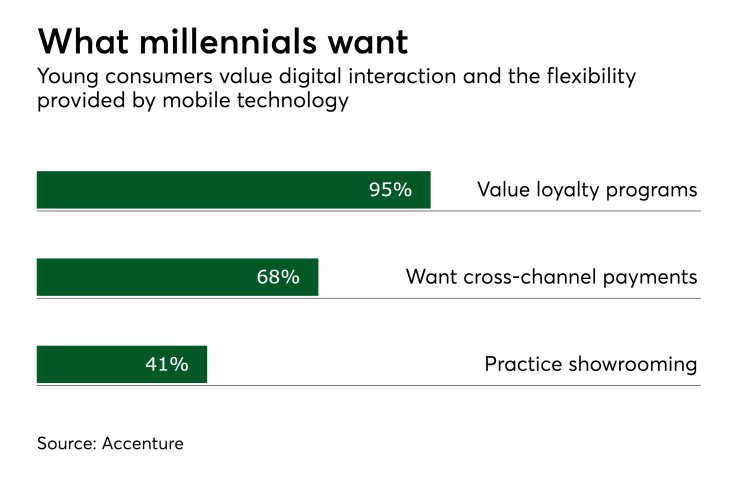Research suggests that millennials will be the first generation in history to earn less than their parents. The rise of the gig economy is disrupting traditional job prospects, work patterns and career paths and bank payment products, budgeting and other financial services need to reflect this.
At a recent Mobey Day event in Toronto, Jan Lukas Wolf from Sensibill said most workers in the U.S. will be self-employed in less than 10 years. Despite an aversion to credit, younger consumers hold up to five times more debt, with school fees accounting for the majority.
Hot new fintech startups and challenger banks are racing to develop apps providing evermore detailed analytics that improve payments and other financial services in gig economy environment with new payroll models. But to make an impact and deliver real value, BeeOne's Mario Brkic argues that banks need to take a step back and get better at delivering simple services that make a big difference.

Take payment overdraft charges. A service that alerts the consumer when they are about to go overdrawn and comes up with a solution (such as transferring money from a savings account, or temporarily extending a planned overdraft) is useful because it instantly solves a problem before it arises. For those living paycheck to paycheck, an avoided overdraft charge is more immediately beneficial than knowing that 10% of income is spent on dining out.
Bank-powered payment services need to change with the times. Consumers are apathetic because many financial products, such as mortgages and savings accounts, are becoming irrelevant to their circumstances or requirements. Indeed, 59% of millennials do not feel that financial products are aimed at them.
To re-engage this generation, banks need to get creative. Streaming sites such as Netflix and Spotify promote access over ownership, and ride-sharing and room-renting apps have popularised the idea of a "sharing economy." These trends can be easily translated to financial services.
For example, younger consumers are wary of anything that is labelled as an "investment." Yet it is the same consumers who are most comfortable with crowdfunding and peer-to-peer lending, precisely because they closely resemble the shared, social model prevalent across other sectors.
Of course, the only problem is that designing and developing simple and relevant services is difficult. Otherwise, everybody would be doing it.
Consider the overdraft service. As Brkic explained, the artificial intelligence required to successfully execute this "simple" service is hugely sophisticated. The service needs to know you are approaching zero on your account. It needs to calculate how much it expects you to spend before your next paycheck. It needs to know how much you can afford to transfer from your savings accounts. And so on.
The good news is that the rate of technological advancement is increasing. Ben Hammersley, the renowned futurist, thinks that we initially overestimate the potential of a new technology, only to then underestimate its subsequent impact. According to Gartner’s hype cycle, we have already reached the peak for AI. Going by Hammersley’s thinking, therefore, as AI matures, its potential application in financial services could yet outstrip even our wildest expectations.
Advanced algorithms that promote generic, impersonal user experiences should be avoided. To immunize against engineers’ disease, inherently human interactions, such as customer service chatbots, should not be left solely in the hands of engineers.
This is particularly important when connecting to younger consumers who increasingly value experience, personalization and authenticity above blind brand loyalty.
Another trap to avoid is making simplistic generalizations about the habits of different generations. Take the assertion that millennials are impulsive and spendthrift. This is not a new complaint. Over 2,000 years ago Horace, the Roman poet, lamented that “the youth … do not foresee what is useful, squandering … money."
Subscribing to simplification at the expense of nuance is hugely counter-productive, and will alienate both existing and potential customers.
The term "millennial" is perhaps better described as a mindset than a demographic. By collaborating to understand the complex and connected socioeconomic reasons behind the push for more utilitarian, social and customer-centric services, institutions can adapt to deliver value that spans any generation gap.





